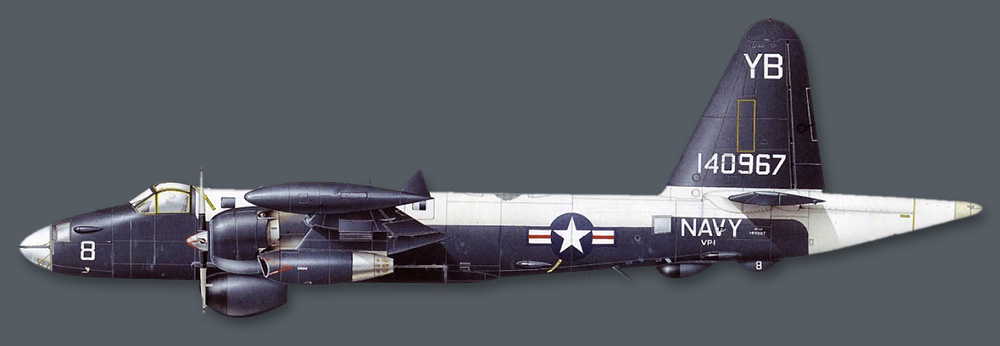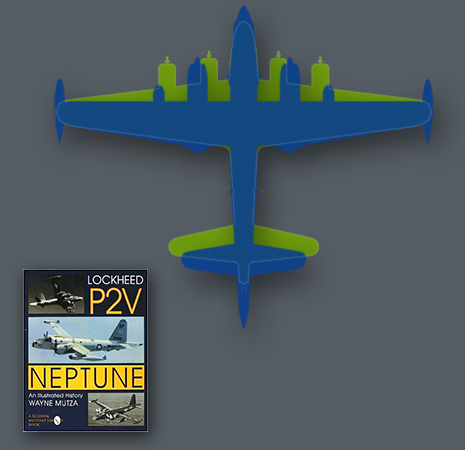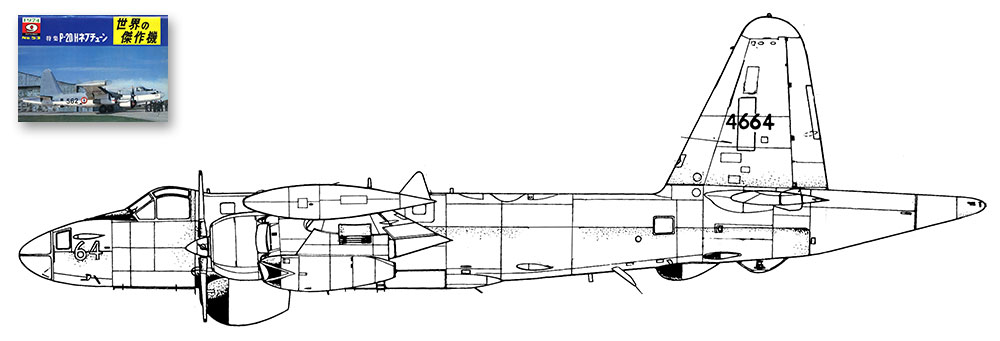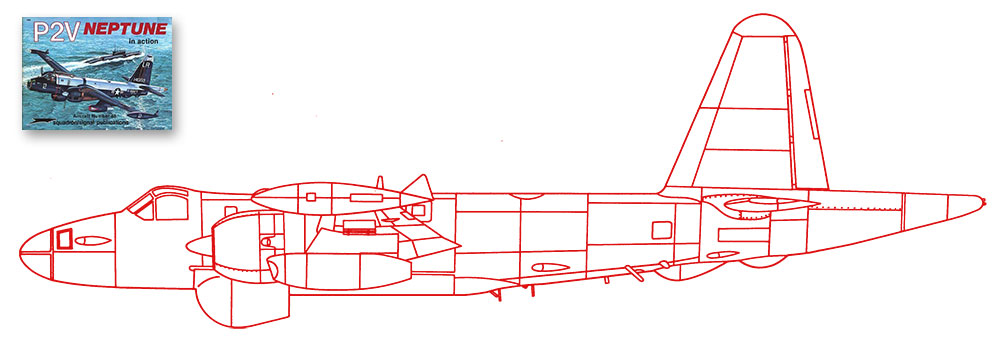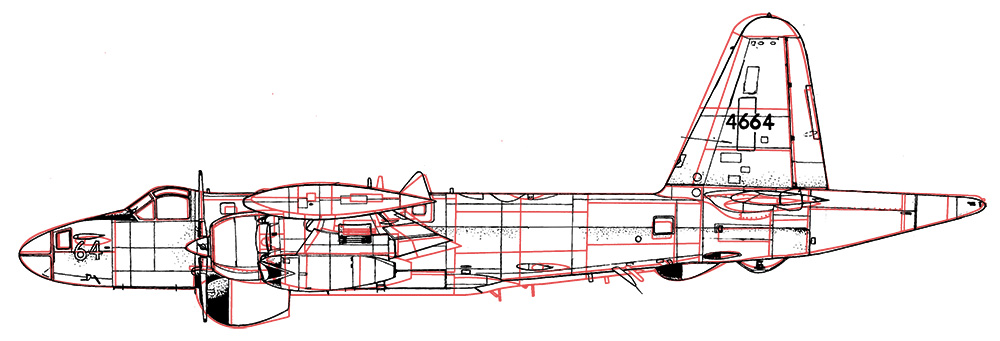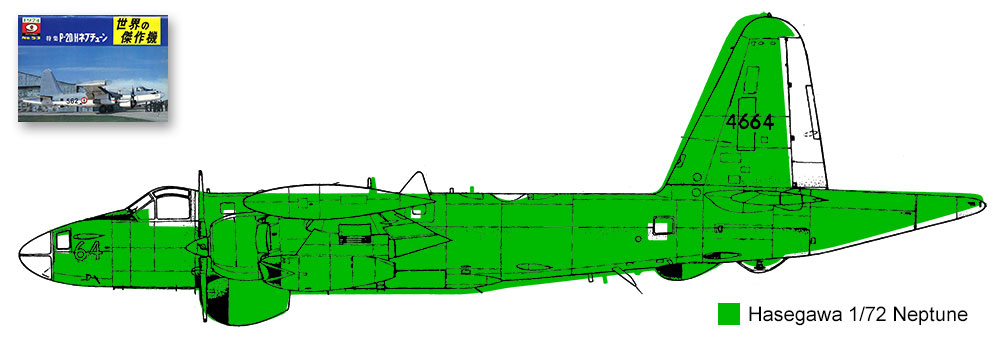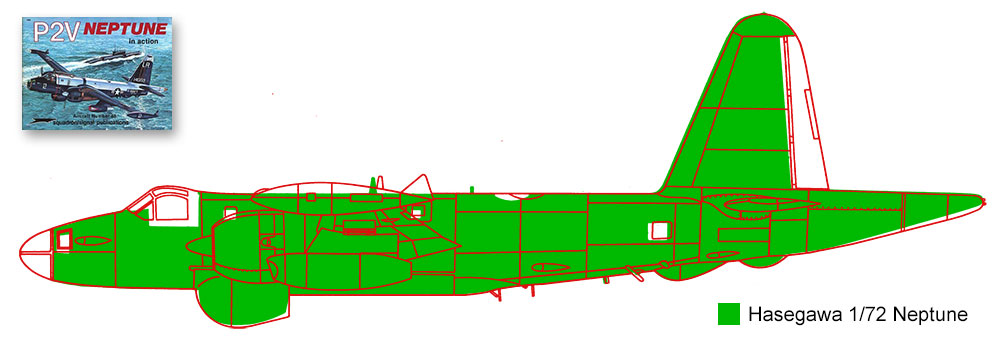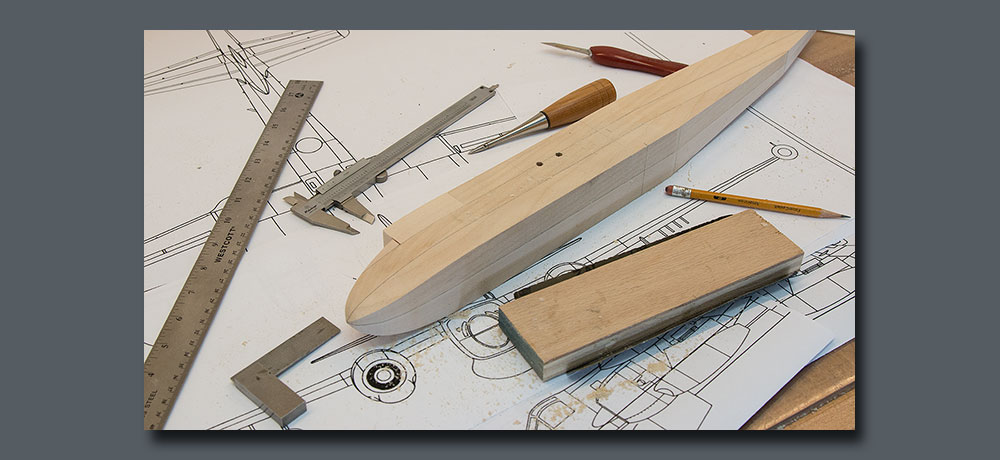I have created this web page with several goals in mind. The obvious, of course, is that it is a description of the process involved in the construction of a scratch built model airplane. What may not be so obvious, or not explicitly articulated, is that the process involved in creating this model is the material expression of a journey. Every journey has a beginning and ending, but the true substance is found in the middle, the journey itself. Think about how that applies to our endeavors in scale modeling. We may use our initial inspiration to get the ball rolling, but there needs to be an enjoyment in the process to keep the journey moving forward. While there is a sense of accomplishment when the model is finished, how much time do you really spend reviewing your completed models once they have been placed on the shelf? I am willing to bet it is a mere fraction of the time spent along the journey. The realization that the process is the real substance of our hobby, rather than the finished project, elevates the meaning of the time involved to more than production output. And certainly more than a wrestling match or a chore. The goal, therefore, should be time well spent. In my case, that is creating something unique from as few premanufactured parts as possible.
In addition, you have the freedom to create something very simple or as complex and detailed as you would like. I would suggest that you not trap yourself into thinking that because it is a scratch built model, it is necessary to make it as detailed as humanly possible. Indeed, one of the elements that I enjoy most about building from scratch is that I decide every element of the interpretation ... what to include and what to ignore. In fact, as years go by, I find it more fascinating how less can sometimes be more ... and perhaps how the need to include every detail, while a great technical feat, might be less creative.
At this time, I see this hobby of scale modeling at a cross-road. With the advent of 3d printing, it is now possible to create an entire scale model while possessing zero skills of manual dexterity and, in the not too distant future, completely finished. So if the finished product is the goal, then what is the point of our current methods, be it the convenience of a plastic kit or even scratch building? The answer of course is those of us that will continue the hobby as we know it, find that nebulous satisfaction in creating something with our hands and eyes ... even something as questionable as a scale model. There will always be those artisans that will sculpt, carve, or draw ... artisans that find value in the journey. With that, I will begin this journey. It is my hope that you will join me, perhaps start your own project, but most of all, focus on the enjoyment of the process.
For the most part, the documentation of the construction will be organized around this web page with the addition of various video supplements. The videos will appear throughout these pages and will also be available on my “Modeling Outside the Box” YouTube channel under the “Modeling the Lockheed SP-2H Neptune playlist.
Realizing the need for a larger and more powerful patrol bomber, Lockheed began preliminary engineering for the P2V in September of 1941. In April of 1944 the Navy awarded a contract for two prototypes and fifteen service test P2V’s. The XP2V-1 was first flown in May of 1945. After extensive testing, it was delivered to the Navy in July of 1946.
The P2V-1 was found to have very smooth performance during take-off and landing as well as an unusually high rate of climb. The huge vertical tail along with the unique varicam horizontal stabilizers provided excellent responsiveness and very good single engine performance. The third production P2V-1 was specially modified by removing all combat equipment and installing additional fuel tanks. Dubbed the “Truculent Turtle”, this P2V-1 set the record for the longest unrefueled, non-stop flight in September of 1946. The 55 hour flight was from Perth, Australia to Columbus, Ohio over a distance of 11, 235 miles. The record would stand until 1962 when broken by a SAC B-52H in 1962.
The SP-2H (originally designated P2V-7S) was the last Neptune variant produced. It was powered by two water injected Wright R3350-32W Turbo Compound engines along with a pair of Westinghouse J-34-WE-36 turbo jet engines. The P2V-7 was the fastest Neptune produced with a top dash speed of 364 mph. The SP-2H had improved ASW/ECM equipment. With the installation of JEZEBL/JULIE and MAD electronic detection systems, the SP-2H served as the backbone of the Navy’s anti-submarine warfare program.
One of the most satisfying elements of scratch building is that I gain a much better understanding of the construction, shape and function of the actual prototype. Unlike a kit, the final shape is up to you, so you have complete control over your standard of accuracy. As you study the construction and function of the aircraft, you gain a better understanding of the shape, for especially with aircraft, form does follow function. This part of the process continues through the initial construction of the major components and can yield a model that captures the “feel” of the prototype ... one element that is most often missed by the new generation of kits designed by CAD technicians that lack familiarity with the real subject.
Slightly larger than a B-17, the Neptune is a big airplane. Primary aerodynamic requirements for the Neptune were long range, high speed, small airfield capability, exceptional in-flight handling, and single engine operation. The book “Lockheed P2V Neptune, An Illustrated History” by Wayne Mutza does a wonderful job of describing the construction of the Neptune. Reading through the text, you will have a very good understanding of the how, what and why of the aircraft. I wouldn’t think of starting this project without giving it a good read.
Building from scratch begins with engineering the model. How is the model going together? What is the purpose of the model? How detailed does the model have to be? What construction methods am I comfortable with? What sort of drawings are available? This list can be very simple or very long. In my case I want the model to be displayed wheels up ... it is far too large to fit on a shelf and, as with most aircraft, it looks much better in-flight. I decided to use basswood because it shapes easily, is not overly heavy and I really enjoy working with wood. Except for the nose and cockpit, very little of the interior is visible so the majority of the fuselage could be solid.
I had very little luck in finding reliable detailed drawings that depict an adequate number of stations or cross-sections. This left me with very little alternative but to work from simple 3-view drawing. But which drawings? The two most detailed drawing that I could find came from a “Famous Airplanes of the World Vol. 53 - Neptune P2V-D/F” and “The P2V Neptune in Action” from Squadron Signal. When I compared the drawings, I could see several significant differences: The shape of the vertical stabilizer; the position of the horizonalal stabilizer; the depth of the bombay and the area immediately aft.
It’s always nice to have something in 3d to help visualize the shapes. Many times I can find a descent model in a different scale. For this project, the Hasegawa 1/72 Neptune is ideal. The green profile in these drawings represents the Hasegawa model.
In the end, the Squadron/Signal drawings seem to capture the lines of the Neptune best. Keep in mind; these are the same sorts of decisions that are made when a manufacturer designs a kit, so if you are someone who likes to complain about model companies, now is your chance.
This is the breakdown of what I have planned for basic materials:


